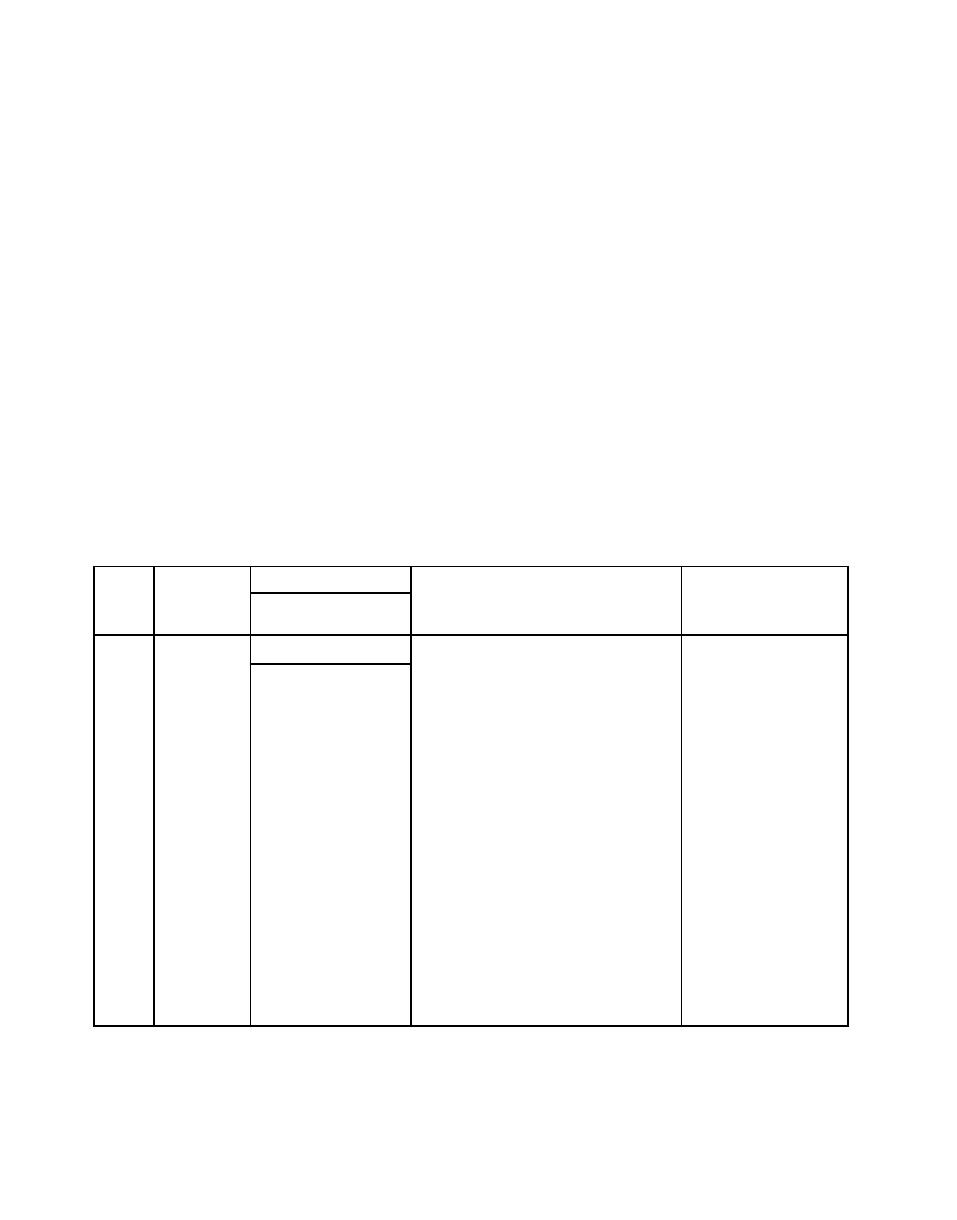
f: Other Table Entries. Be sure to observe all special
use the equipment. DURING procedures must be done
during the time you are operating or using the equipment
information and notes that appear in you table.
for its intended mission. AFTER procedures must be
3-7.
Leakage Definitions.
done immediately after you have operated or used the
equipment. WEEKLY procedures must be done once
The following are definitions of the types/classes of
each week. QUARTERLY procedures must be done every
leakage you need to know to be able to determine the sta-
three months or after 250 hours of operation, whichever
tus of your equipment.
comes first.
CLASSIFICATION DEFINITION
c. Location, Item to Check/Service Column. This col-
Seepage of fluid (as indicated by
Class I
umn provides the location and the item to be checked or
wetness or discoloration) not
serviced. The item location is underlined.
great enough to form drops.
d. Procedure Column. This column gives the proce-
Leakage of fluid great enough to
Class II
dures you must do to check or service the item listed in the
form drops but not enough to
Check/Service column to know if the equipment is ready
cause drops to drip from the item
or available for its intended mission or for operation. You
being inspected.
must do the procedure at the time stated in the interval
column.
Leakage of fluid great enough to
Class III
e. Not Fully Mission Capable If: Column. Information
cause drops to drip from the item
in this column tells you what faults will keep your equip-
being inspected.
ment from being able to perform its primary mission. If
Note: Fluid levels of items with Class I and Class II leaks must be
you make check and service procedures that show faults
checked often so proper levels can be kept.
listed in this column, do not operate the equipment. Fol-
low standard operating procedures for maintaining the
Class III leaks must be reported to supervisors or to Organizational Level
equipment or reporting equipment failure.
Maintenance for corrective action.
Table 3-1. Operator Preventive Maintenance Checks and Services for Crawler-mounted Rock Drill
Location
Not Fully Mission
Item
Procedure
Interval
Item to
Capable if:
No.
Check/Service
Crawler
Check hoses and fittings for good Signs of Class III leak-
Hydraulic Hoses and
1
Before
condition. Ensure that fittings are tight. age.
Fittings
Look for signs of leakage around hydrau-
lic hoses.
Check oil level. Notify organizational
Lubricating Oil
2
Before
maintenance if level is low.
Reservoir
Check oil level. Notify organizational
Traction Drive Planet
Before
3
maintenance if level is low.
Gear Housing
Check oil level. Notify organizational
Propelling Air Motors
4
Before
maintenance if level is low.
Check hydraulic control valves for leaks.
Class III leaks are
Hydraulic Control
During
5
found.
Valves
Adjust flow to drill (see paragraph 3-10).
Lubricator Metering
During
6
Valve
Check oil level. Oil level should be 5 in,
Hydraulic Reservoir
Weekly
7
below top of reservoir. Notify organiza-
tional maintenance if level is low.
4

